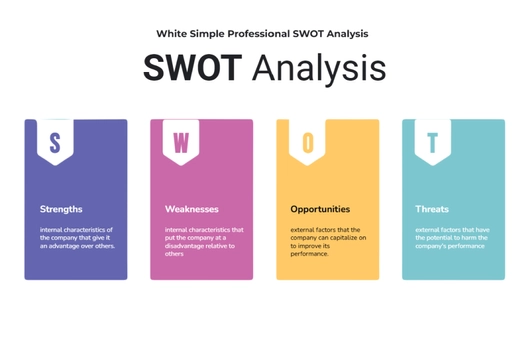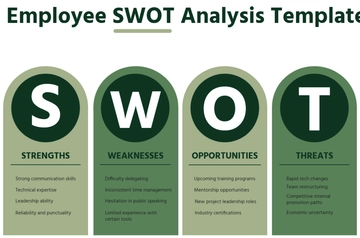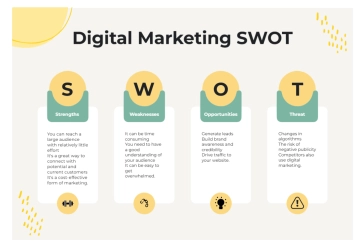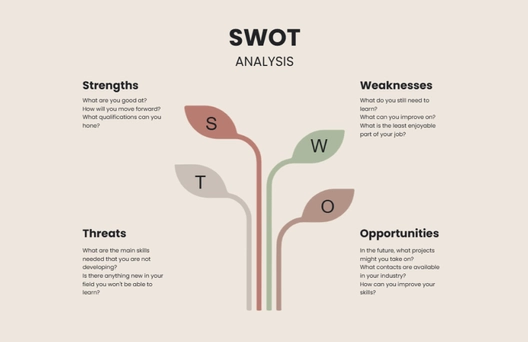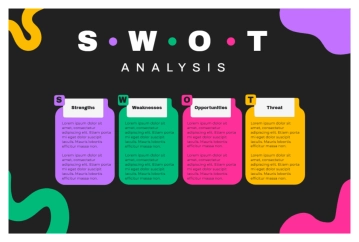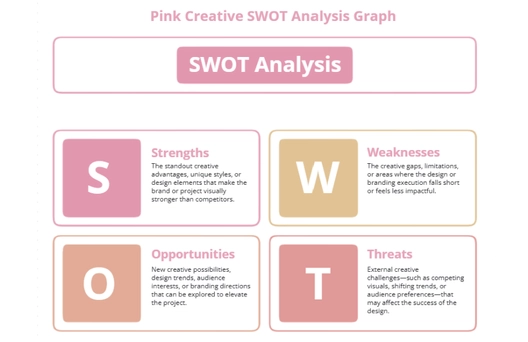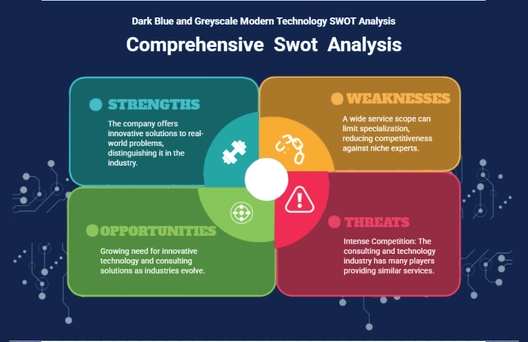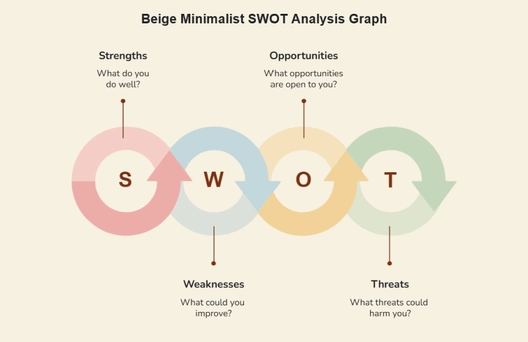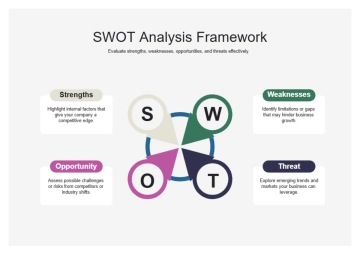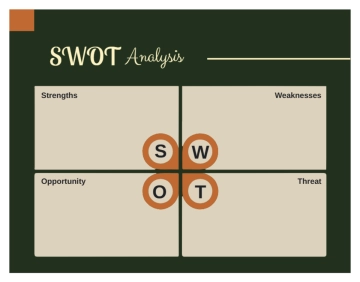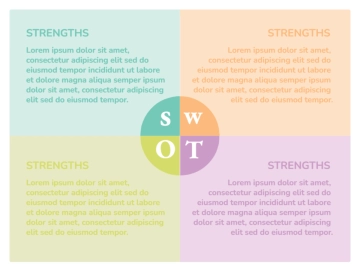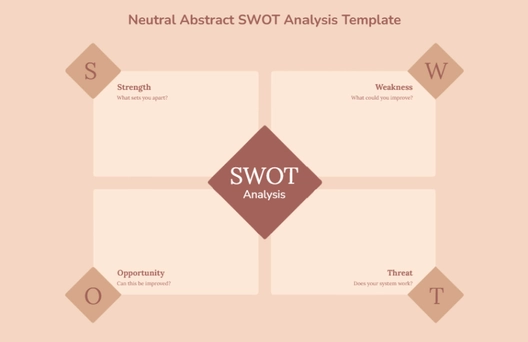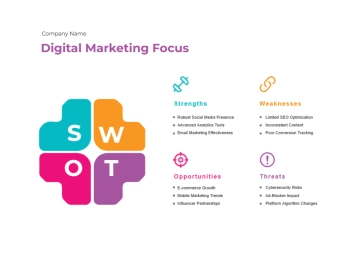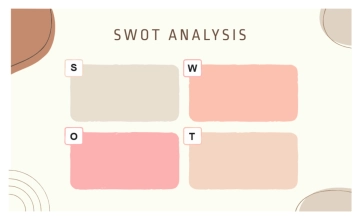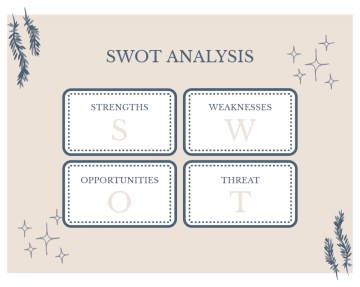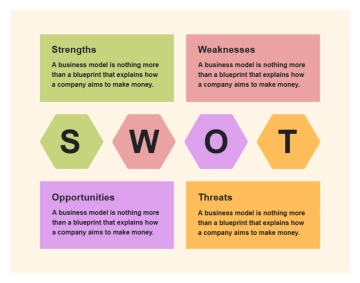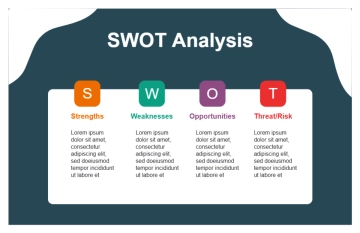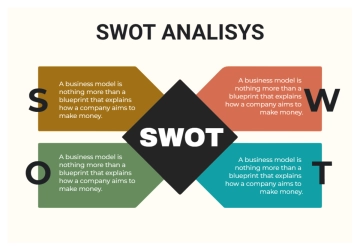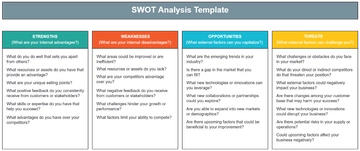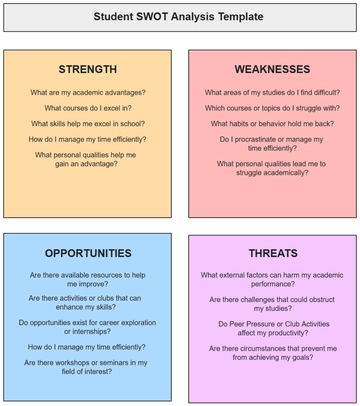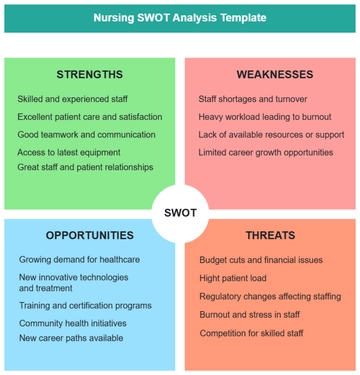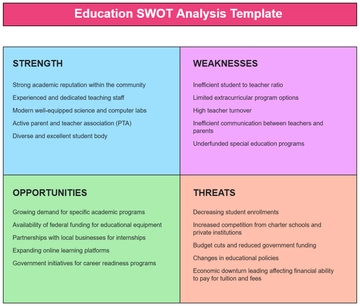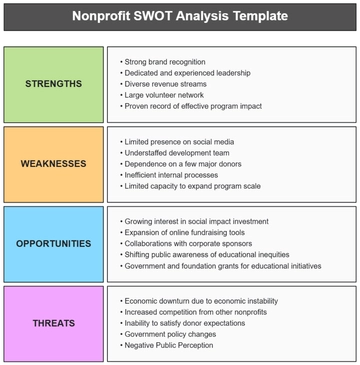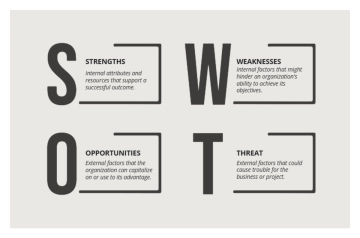Free Nursing Home Organizational Analysis
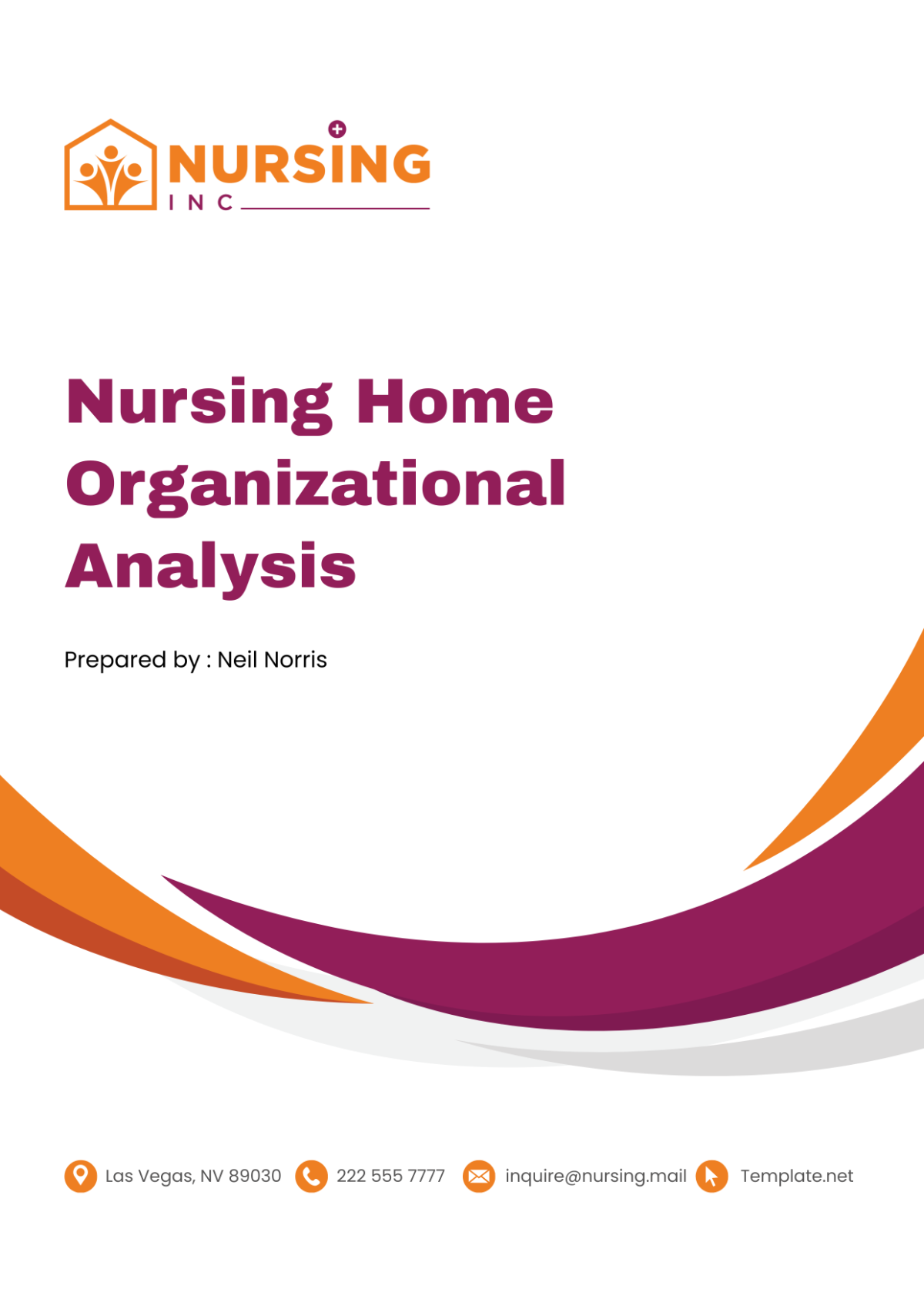
I. Introduction
A. Overview of Nursing Home Organization
[Your Company Name] is a renowned nursing home organization dedicated to providing exemplary care and support to elderly residents in [City, State]. Established [5] years ago, our mission centers on enhancing the quality of life for our residents through compassionate care, respect, and personalized attention.
At [Your Company Name], we believe in fostering a warm and welcoming environment where residents feel at home and receive the highest standard of care. Our commitment to excellence drives us to continually improve and adapt to the evolving needs of our residents and their families.
B. Organizational Structure
[Your Company Name] operates under a robust organizational structure designed to facilitate efficient operations and superior care delivery.
II. Leadership and Governance
The governance of [Your Company Name] is overseen by a dedicated Board of Directors, composed of experienced professionals from diverse backgrounds, including healthcare, business, and community leadership. The Board provides strategic direction, ensures adherence to regulatory standards, and monitors organizational performance.
The Executive Leadership Team at [Your Company Name] comprises seasoned professionals who bring a wealth of experience and expertise to their respective roles:
Chief Executive Officer (CEO): Provides overall leadership and strategic vision for the organization.
Chief Operating Officer (COO): Oversees day-to-day operations and ensures operational efficiency.
Director of Nursing (DON): Leads the nursing staff and upholds clinical excellence in resident care.
Chief Financial Officer (CFO): Manages financial planning, budgeting, and fiscal management.
Director of Human Resources: Handles staffing, training, and employee relations to maintain a skilled and motivated workforce.
Departments and Units
[Your Company Name] comprises various departments and units, each playing a vital role in delivering comprehensive care and services to residents. The key departments include:
Department | Description |
|---|---|
Nursing | Provides round-the-clock nursing care, medication management, and assistance with activities of daily living (ADLs). |
Rehabilitation | Offers rehabilitation therapies, including physical, occupational, and speech therapy, to help residents regain independence and mobility. |
Activities | Organizes a diverse range of recreational and social activities to promote engagement and overall well-being among residents. |
Dietary | Prepares and serves nutritious meals tailored to individual dietary needs and preferences, ensuring residents receive adequate nutrition. |
Housekeeping | Maintains a clean, safe, and comfortable environment throughout the facility to enhance resident comfort and well-being. |
These departments collaborate seamlessly to meet the unique needs of each resident and uphold [Your Company Name]'s commitment to excellence in care delivery.
III. Human Resources
A. Staffing
[Your Company Name] prioritizes staffing levels to ensure optimal care for our residents. Our dedicated team of professionals includes licensed nurses, certified nursing assistants (CNAs), therapists, dietary staff, housekeeping personnel, and administrative support staff.
Staffing Levels:
Position | Number of Staff | Responsibilities |
|---|---|---|
Registered Nurses (RNs) | [50] | Provide skilled nursing care, medication administration, and care coordination. |
Licensed Practical Nurses (LPNs) | [30] | Assist with nursing care under the supervision of RNs and provide medication administration. |
Certified Nursing Assistants (CNAs) | [100] | Assist residents with activities of daily living (ADLs), including bathing, dressing, and eating. |
Therapists (Physical, Occupational, Speech) | [20] | Provide rehabilitation services to residents to improve mobility, function, and communication skills. |
Dietary Staff | [15] | Prepare and serve nutritious meals tailored to residents' dietary needs and preferences. |
Housekeeping Personnel | [10] | Maintain cleanliness and sanitation throughout the facility. |
Administrative Support Staff | [5] | Handle administrative tasks, including scheduling, billing, and resident admissions. |
B. Training and Development
Continuous training and development are integral to maintaining a skilled and competent workforce at [Your Company Name]. Our staff undergo regular training programs to enhance their clinical skills, customer service abilities, and knowledge of best practices in elderly care. Key training initiatives include:
Orientation for New Hires: Comprehensive orientation programs ensure that new staff members are equipped with the necessary skills and knowledge to provide quality care to residents.
Ongoing Education: Staff participate in ongoing education and training sessions to stay abreast of the latest developments in healthcare and elder care.
Certification Programs: Staff members are encouraged to pursue relevant certifications and credentials in their respective fields to enhance their professional development and expertise.
IV. Financial Analysis
A. Revenue Streams
[Your Company Name] derives revenue from various sources, including government reimbursements, private pay, and insurance reimbursements. The following table outlines the revenue streams for the past three years:
Revenue Source | [Year 1] Revenue [$2,500,000] | [Year 2] Revenue [$2,700,000] | [Year 3] Revenue [$2,900,000] |
|---|---|---|---|
Government Reimbursements | [$1,200,000] | [$1,300,000] | [$1,400,000] |
Private Pay | [$800,000] | [$850,000] | [$900,000] |
Insurance Reimbursements | [$350,000] | [$400,000] | [$450,000] |
Other Revenue | [$150,000] | [$150,000] | [$150,000] |
Total Revenue | [$2,500,000] | [$2,700,000] | [$2,900,000] |
B. Expenses
[Your Company Name] incurs various expenses in operating the nursing home facility, including salaries, medical supplies, facility maintenance, and administrative costs. The following table outlines the major expense categories and their trends over the past three years:
Expense Category | [Year 1] Expenses [$2,000,000] | [Year 2] Expenses [$2,100,000] | [Year 3] Expenses [$2,200,000] |
|---|---|---|---|
Salaries and Benefits | [$1,200,000] | [$1,300,000] | [$1,400,000] |
Medical Supplies | [$300,000] | [$320,000] | [$340,000] |
Facility Maintenance | [$200,000] | [$220,000] | [$240,000] |
Utilities | [$100,000] | [$110,000] | [$120,000] |
Administrative Expenses | [$200,000] | [$150,000] | [$150,000] |
Total Expenses | [$2,000,000] | [$2,100,000] | [$2,200,000] |
Analyzing revenue and expenses allows [Your Company Name] to identify areas for improvement, optimize resource allocation, and ensure financial sustainability while maintaining high-quality care for our residents.
V. Quality of Care
A. Patient Care Processes
[Your Company Name] is committed to delivering exceptional care to our residents through standardized processes and evidence-based practices. Our dedicated team of healthcare professionals follows comprehensive care protocols to ensure the well-being and safety of residents. Key aspects of our patient care processes include:
Comprehensive Assessment: Upon admission, each resident undergoes a thorough assessment to evaluate their physical, cognitive, and psychosocial needs. This assessment informs the development of individualized care plans.
Person-Centered Care: We prioritize person-centered care, tailoring our approach to meet the unique preferences, interests, and goals of each resident. This approach fosters autonomy, dignity, and a sense of purpose.
Multidisciplinary Collaboration: Our interdisciplinary team collaborates closely to coordinate care and address the complex needs of our residents. This team includes physicians, nurses, therapists, social workers, and dietary specialists.
Medication Management: We adhere to strict medication management protocols to ensure the safe administration and monitoring of medications. Our electronic health record system helps streamline medication reconciliation and reduces the risk of errors.
Continuous Monitoring and Evaluation: We continuously monitor residents' health status and response to treatment, adjusting care plans as needed to optimize outcomes. Quality improvement initiatives are implemented based on data-driven analysis and resident feedback.
B. Regulatory Compliance
[Your Company Name] is dedicated to maintaining compliance with all applicable regulations and standards to ensure the safety and well-being of our residents. We adhere to regulations set forth by state and federal agencies, including:
Centers for Medicare & Medicaid Services (CMS) regulations
State Department of Health regulations
Occupational Safety and Health Administration (OSHA) standards
Joint Commission accreditation requirements
Our commitment to regulatory compliance is demonstrated through:
Regular Audits and Inspections: We conduct internal audits and participate in external inspections to assess compliance with regulatory requirements. Any deficiencies identified are promptly addressed and remediated.
Staff Training: Our staff receive ongoing training on regulatory requirements relevant to their roles. This training ensures awareness and adherence to applicable regulations in their daily practices.
Quality Assurance Programs: We have robust quality assurance programs in place to monitor compliance with regulatory standards and identify areas for improvement. These programs include regular chart audits, incident reporting, and resident satisfaction surveys.
VI. Facilities and Resources
A. Infrastructure
[Your Company Name] prides itself on providing a modern, comfortable, and safe environment for our residents. Our facility features:
Spacious and Well-Appointed Living Spaces: Our residents enjoy spacious private and semi-private rooms designed to promote comfort and privacy. Each room is equipped with essential amenities and furnishings to meet residents' needs.
Common Areas for Socialization and Recreation: We provide a variety of communal spaces, including lounges, activity rooms, and outdoor gardens, where residents can socialize, participate in recreational activities, and enjoy the company of others.
Accessibility Features: Our facility is designed with accessibility in mind, featuring ramps, handrails, and other accommodations to ensure ease of mobility for residents with disabilities.
Safety Measures: We prioritize resident safety through the implementation of safety protocols, including emergency response systems, fire safety measures, and regular maintenance checks.
B. Technology
[Your Company Name] leverages technology to enhance resident care, improve operational efficiency, and promote communication among staff members. Key technology initiatives include:
Electronic Health Records (EHR): We utilize an integrated EHR system to streamline documentation, improve care coordination, and facilitate information sharing among healthcare providers.
Telemedicine: We offer telemedicine services to connect residents with healthcare providers remotely, enhancing access to specialized care and reducing the need for unnecessary hospital visits.
Communication Systems: We employ communication systems, such as mobile devices and messaging platforms, to facilitate real-time communication among staff members and ensure prompt response to resident needs.
Monitoring and Safety Technologies: We deploy monitoring and safety technologies, such as fall detection systems and wander management solutions, to enhance resident safety and security.
VII. SWOT Analysis
A. Strengths
[Your Company Name] boasts several strengths that contribute to its success in the nursing home industry:
Reputation for Excellence: [Your Company Name] is known for its commitment to high-quality care, compassionate staff, and welcoming environment, leading to a positive reputation in the community.
Experienced Leadership: The organization is led by a team of experienced professionals who bring expertise in healthcare management, ensuring effective leadership and strategic direction.
Comprehensive Services: [Your Company Name] offers a wide range of services, including skilled nursing care, rehabilitation therapy, and social activities, providing residents with comprehensive support.
Strong Financial Position: The organization maintains a solid financial footing, with diverse revenue streams and efficient cost management practices.
Commitment to Innovation: [Your Company Name] embraces innovation in care delivery and technology adoption, enhancing resident outcomes and operational efficiency.
B. Weaknesses
Despite its strengths, [Your Company Name] faces certain weaknesses that present challenges to its operations:
Staffing Challenges: Like many healthcare facilities, [Your Company Name] may experience staffing shortages or turnover, impacting continuity of care and staff morale.
Regulatory Compliance Burden: Compliance with regulatory requirements can be complex and resource-intensive, requiring ongoing efforts to ensure adherence.
Facility Limitations: The physical infrastructure of the facility may have limitations or require upgrades to meet the evolving needs of residents and regulatory standards.
Dependence on Government Funding: [Your Company Name] relies heavily on government reimbursements for revenue, making it vulnerable to changes in healthcare policy and funding.
C. Opportunities
There are several opportunities for [Your Company Name] to capitalize on to further its success and growth:
Expansion of Services: [Your Company Name] could explore opportunities to expand its service offerings, such as adding specialized care programs or partnering with other healthcare providers.
Technological Advancements: Investing in technology solutions, such as telemedicine and remote monitoring, can improve care delivery efficiency and resident satisfaction.
Community Partnerships: Collaborating with community organizations, hospitals, and senior centers can expand [Your Company Name]'s reach and referral network.
Aging Population: The growing elderly population presents a significant opportunity for [Your Company Name] to increase demand for its services and expand its market share.
D. Threats
[Your Company Name] faces various threats that could impact its operations and viability:
Regulatory Changes: Changes in healthcare regulations and reimbursement policies could affect [Your Company Name]'s revenue streams and operational requirements.
Competitive Landscape: Competition from other nursing homes, assisted living facilities, and home care agencies may pose a threat to [Your Company Name]'s market share.
Economic Instability: Economic downturns or fluctuations could impact residents' ability to afford private pay services and strain government funding for healthcare.
Public Health Emergencies: Public health crises, such as pandemics or disease outbreaks, can disrupt operations, increase healthcare costs, and pose risks to resident health and safety.
VIII. Conclusion
A. Summary of Findings
In summary, [Your Company Name] is a well-established nursing home organization known for its commitment to high-quality care, experienced leadership, and comprehensive services. While the organization faces challenges such as staffing shortages and regulatory compliance burdens, there are opportunities for growth through expansion of services, technological advancements, and community partnerships. However, [Your Company Name] must remain vigilant in addressing threats such as regulatory changes, competitive pressures, economic instability, and public health emergencies to ensure continued success and sustainability.
B. Recommendations
Based on the findings of the organizational analysis, [Your Company Name] should consider the following recommendations:
Implement strategies to address staffing challenges, such as recruitment incentives, staff retention programs, and cross-training initiatives.
Enhance efforts to maintain regulatory compliance through ongoing staff education, regular audits, and proactive communication with regulatory agencies.
Invest in facility upgrades and technology solutions to improve resident comfort, safety, and quality of care.
Explore opportunities for service expansion, technological innovation, and community partnerships to capitalize on market trends and opportunities.
Develop contingency plans to mitigate risks associated with regulatory changes, economic instability, and public health emergencies.
- 100% Customizable, free editor
- Access 1 Million+ Templates, photo’s & graphics
- Download or share as a template
- Click and replace photos, graphics, text, backgrounds
- Resize, crop, AI write & more
- Access advanced editor
Gain insights into nursing home operations with the Nursing Home Organizational Analysis Template from Template.net. This editable and customizable template assists in evaluating staffing, workflow, and management structures. Tailor it effortlessly using our Ai Editor Tool for personalized analyses. Enhance efficiency and effectiveness with this essential template.
